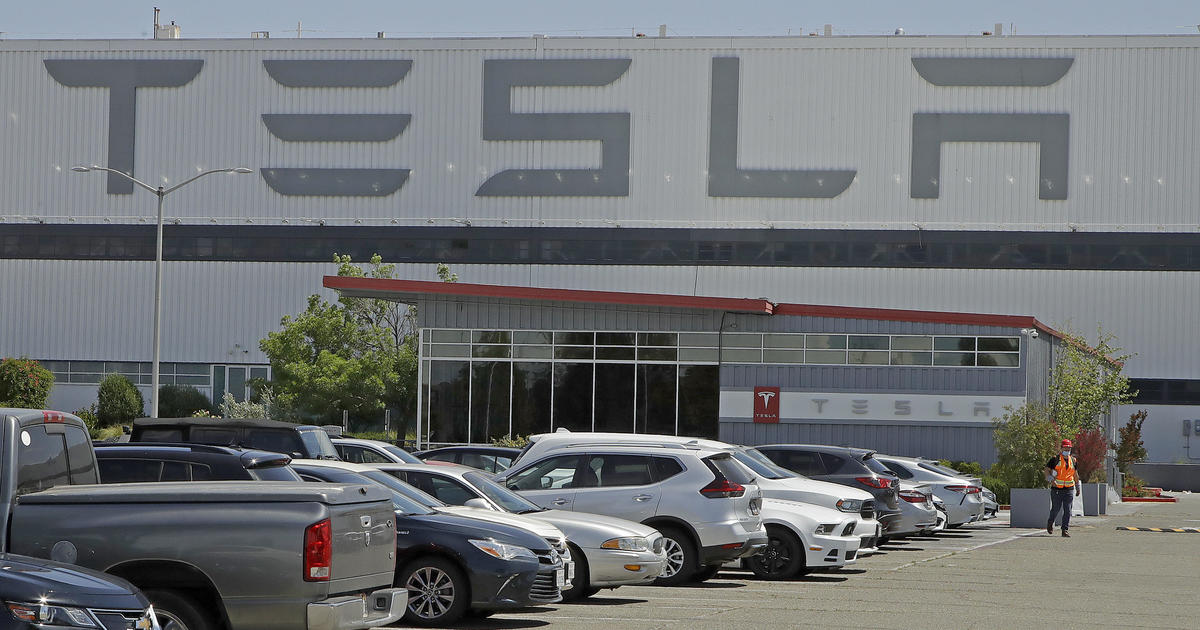Stanford Engineers Unveil 'MARTY' - Self-Driving, Drifting, Electric Delorean
PALO ALTO (CBS SF) – It may not time travel, but Stanford University engineers Tuesday unveiled a DeLorean modified to be self-driving, electric, and able to drift like a pro driver was behind the wheel.
The DeLorean is nicknamed MARTY, which stands for Multiple Actuator Research Test bed for Yaw control. It was developed by Stanford mechanical engineering professor Chris Gerdes and his students to research how cars perform in extreme situations and ultimately develop better safety mechanisms in cars.
The engineers' announcement of MARTY was timely as Wednesday is the future date that Marty McFly and Doc Brown use their time machine DeLorean to travel to in the 1989 film "Back to the Future Part II."
ALSO READ: Great Scott! 'Back To The Future Day' Arrives
"We want to design automated vehicles that can take any action necessary to avoid an accident," Gerdes said in a statement. "The laws of physics will limit what the car can do, but we think the software should be capable of any possible maneuver within those limits. MARTY is another step in this direction, thanks to the passion and hard work of our students."
According to graduate student Jonathan Goh who was in charge of engineering MARTY's drifting technique, the car can lock itself into a perfectly circular donut at a large drift angle. This is the first step on the path to a self-driving car that can deal with extreme situations, according to Stanford officials.
"The sublime awesomeness of riding in a DeLorean that does perfect, smoke-filled donuts by itself is a mind-bending experience that helps you appreciate that we really are living in the future," Goh said in a statement.
ALSO READ: A Brief History Of The DeLorean
MARTY was built in partnership with Silicon Valley electric vehicle tech startup Renovo Motors, which gave the Stanford team early access to a brand new platform that allows precise control of the gearboxes and rear wheels during drifting.
According to Goh, the car's systems are managed by a central application program interface, which allowed the integration process of replacing the original gasoline engine to happen over the course of just a few months.
Ultimately, Gerdes and the seven students involved in Gerdes' Dynamic Design Lab hope to program the car to be able to drift around a track, interact with a car steered by a human, and be able to negotiate tight turns and obstacles when required.
"A drift competition is the perfect blend of our two most important research questions: how to control the car precisely and how to design automated vehicles that interact with humans," Gerdes said in a statement.
"While we aren't picturing a future where every car produces clouds of white tire smoke during the daily commute, we do want automated vehicles that can decipher the subtle cues drivers give when driving and incorporate this feedback when planning motion."
© Copyright 2015 by CBS San Francisco and Bay City News Service. All rights reserved. This material may not be published, broadcast, rewritten or redistributed.




